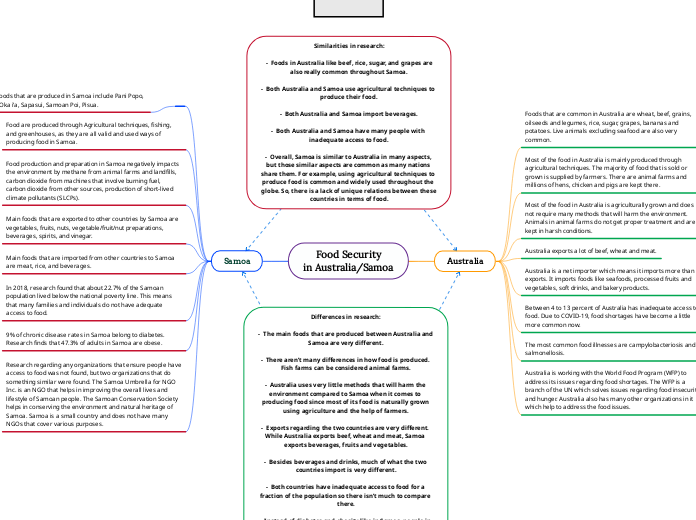作者:Shaik Farazuddin 2 年以前
191
Food Security in Australia/Samoa
A significant portion of Samoa's population faces food insecurity, with over 22% living below the poverty line. The country relies heavily on imported foods such as meat, rice, and beverages.









